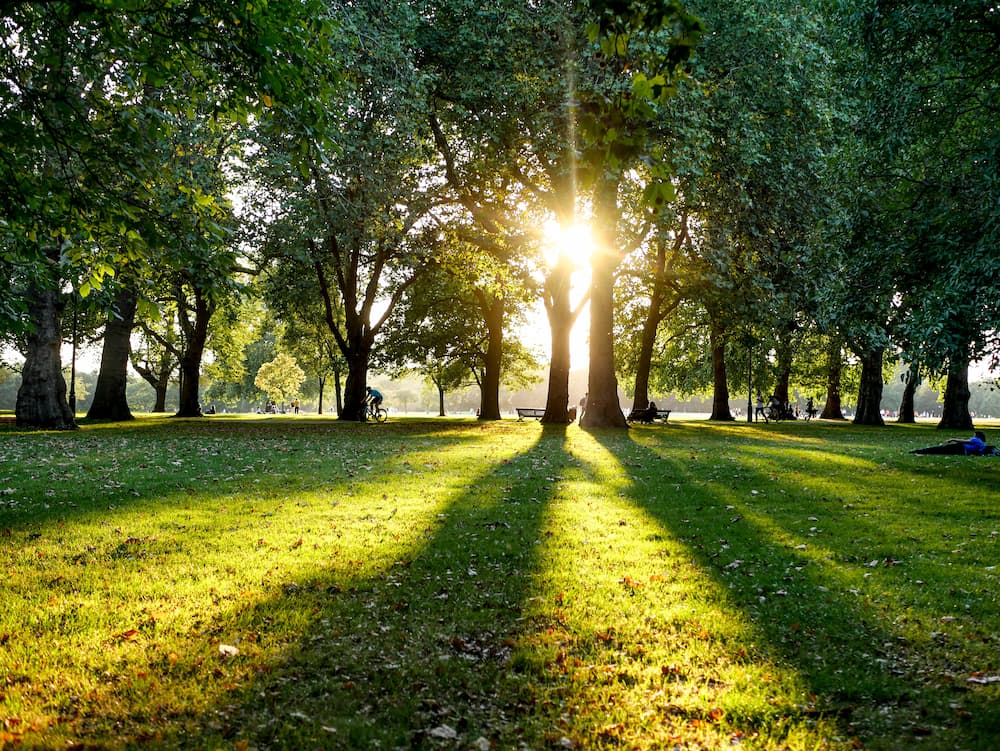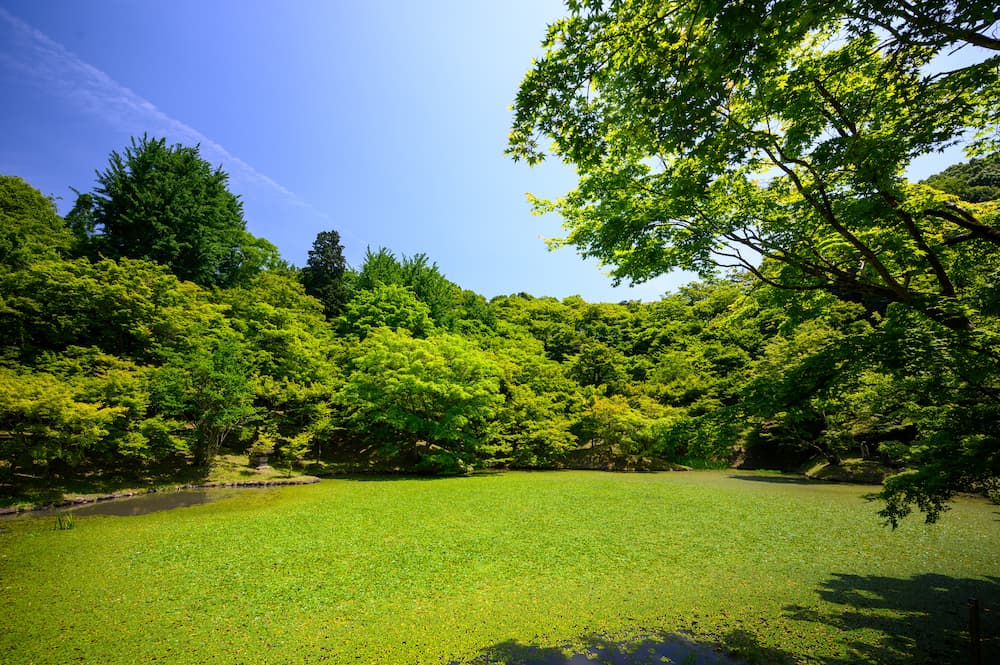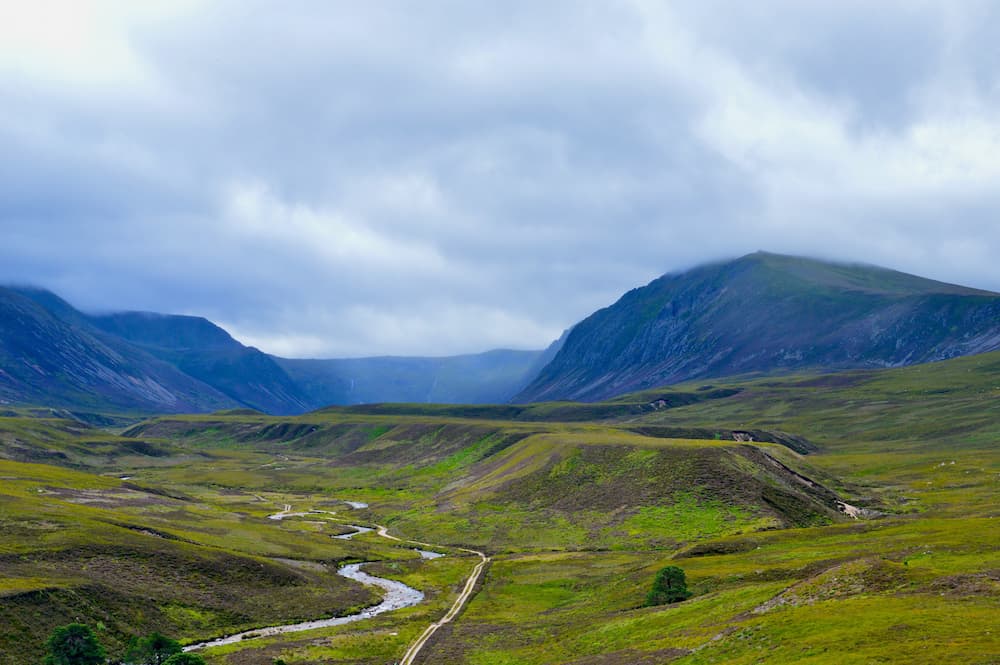Hyde Park is one of the most popular and largest parks in the city center. Like Britain itself, this Royal Park in London is famous for its Oratory.
The park has 2 parts, which were formed by the Serpentine, that is, an artificially created lake. Near the park are Kensington Gardens. Today, Kensington Gardens are often referred to as Hyde Park, but they were separated back in 1728 by order of Queen Caroline. The land area of the Kensington Gardens is approximately 275 acres, and Hyde Park is 350 acres, which is more than the entire Principality of Monaco, but less than Central Park in New York. Beyond the grounds of the park, to the southeast, is the Hyde Park Tribune. While both parks look like one in daylight, Kensington Gardens close when nightfall, and Hyde Park is open throughout the year from 5 a.m. to 12 noon.
In 1851, the park hosted the Great Exhibition, especially for which the Crystal Palace was erected. The architect Josef Paxton was appointed chief over this project.
The park is considered a traditional place for mass meetings and demonstrations. Members of the Reform League and the Antiwar Coalition staged their protests in the park. In 2002, it was from Hyde Park that the defenders of Liberty and Scholarships began their march.
On July 20, 1982, 2 Provisional Republican Army bombs fell on Hyde Park and Regent’s Park, killing 8 members of the Royal Cavalry and Royal Green Berets, including 7 horses.
The Great Park Entrance is located near the Hyde Park Tribune near the Apsley House. It was erected under the leadership of DeSimus Burton in 1824-1825. According to early reports, it was located between the Ionic columns, which had three arched passages for carriages, two for pedestrians. The width of the entrance was 33 meters. This entrance was perfectly secured. The side gates, which are located on a dais, are held by separate Ionic columns. All arches support struts, which are decorated with friezes depicting maritime and military stories. These were created by Mr. Henning Jr., son of Mr. Henning, who was popular for his marble work. The gate was created by Mister Brahmah, who used a lot of iron and bronze. They are suspended by metal rings. The exterior of the gate is a beautifully crafted Greek honeysuckle ornament. Each branch is separated from the other, and the veins are made in an unusual style.
In 1994, the Rose Garden appeared here, which was created by the project of Colvin & Maugeridge.
Memorable and interesting places in the park include the Tribune of the Speakers, which is located next to the Marble Arch, not far from the former place of execution, as well as Rottern Row. At the southern end of the artificial lake is a fountain in honor of Diana, Princess of Wales. It was opened on July 6, 2004. East of the Serpentine is the London Holocaust Monument. The park is also famous for its gorgeous Wet Beach, which resembles an “inverted tree”. Standing on the Hyde Park Tribune, you can see one of the largest hotels in the city – Lainsboraf. Here the price for suites comes up to eight thousand pounds per night.


